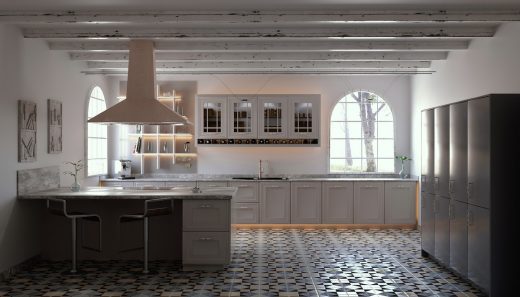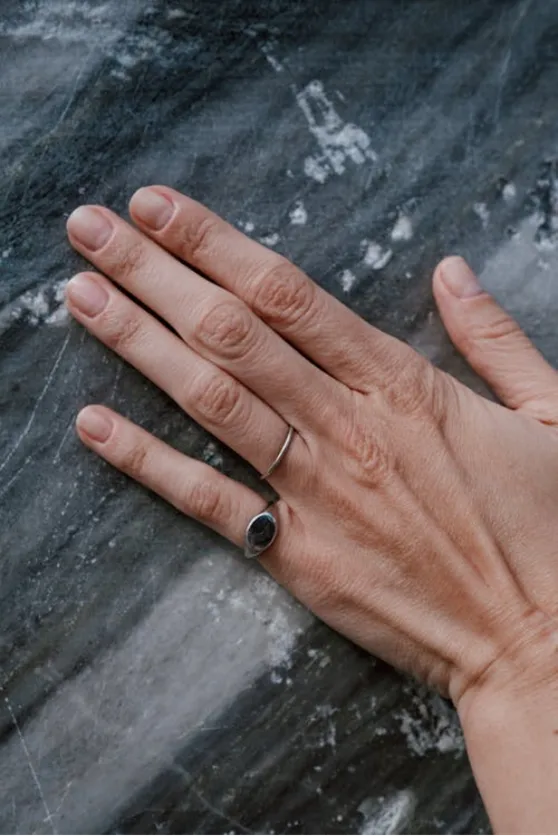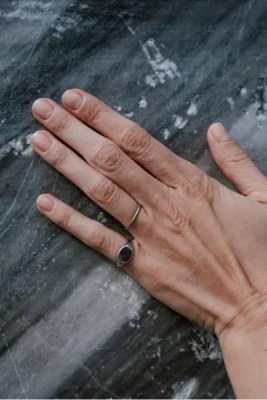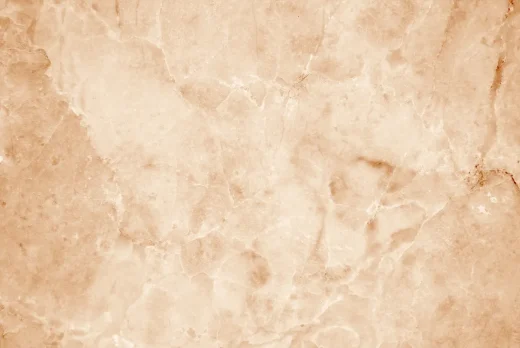Selection and care tips of marble worktops, Home & kitchen transformations, Interior style guide
Selection and Care Tips of Marble Worktops Advice
9 September 2024
When it comes to choosing the perfect countertop for your kitchen, it’s hard not to fall in love with marble.
There’s just something undeniably classic and elegant about this stone, from its smooth texture to the dramatic veins that run through it. But marble isn’t just about looks – it’s about the feel, the weight, the coolness under your hands. It’s the kind of material that makes you want to run your fingers across the surface every time you walk by.
Why Marble?
So, why marble?
Sure, there are plenty of other options out there – granite, quartz, butcher block, and even stainless steel – but marble holds a special place. It’s not the easiest stone to work with (that’s for sure) and it requires some TLC to keep looking its best, but for many of us, that’s part of the appeal.
Marble isn’t just a surface, it’s an experience. You don’t install marble; you live with it.
Some folks love marble for the way it changes over time. That little bit of wear and tear, the soft patina that develops after years of use – it tells a story. Unlike some synthetic surfaces, marble isn’t static. It’s a natural material that interacts with its environment, and with you.
But, here’s the thing. Marble can be a bit temperamental. It’s a soft stone, which makes it more prone to scratches and stains than, say, granite. Yet, for those of us who adore it, that’s a small price to pay for its beauty and timelessness.
Other Types of Worktops
Of course, marble isn’t for everyone. If you’re looking for something bulletproof, granite or quartz might be more your speed. Granite is tougher, more resistant to scratches, and doesn’t stain as easily. Quartz, meanwhile, offers a uniform look and is even lower maintenance since it’s engineered rather than natural.
But where’s the fun in that?
Don’t get me wrong, there’s a lot to love about other materials.
Granite’s durability makes it a popular choice for high-traffic kitchens, and quartz can mimic marble without the upkeep. But at the end of the day, if you want that wow factor – the kind that makes people stop and run their hands across the surface – you’re probably thinking marble.
Quick Comparison: Marble vs. Other Worktops
| Worktop Material Comparison | Durability Comparison | Aesthetic Appeal Comparison | Maintenance Comparison |
| Marble | Medium | High (Natural Veining) | High (Requires Sealing) |
| Granite | High | Medium | Medium (Occasional Sealing) |
| Quartz | High | Medium to High | Low (Wipe Clean) |
Each material has its own strengths, but for me, theres just one choice.
Best Types of Marble
Now, not all marble is created equal. If you’re thinking of installing a marble worktop, it’s worth knowing a little about the different varieties.
Let’s start with Calacatta, one of the most luxurious marbles you can get. Its bold, dramatic veining makes it a favorite in high-end kitchens. You’ll find it in shades of white with viola, grey, gold, or even green veins running through it. Personally, I think especiall the Calacatta Viola Marble is the one you go for when you want to make a statement.
But, if you’re after something with a bit more subtlety, Carrara might be your pick. This marble is famous for its softer, more uniform veining and has been used for centuries in everything from sculptures to countertops.
And then, of course, there’s Green Marble. This one’s for the bold. Green marble, with its rich color and dramatic veins, isn’t for the faint of heart, but it makes for a stunning worktop if you’re looking to add something distinct to your kitchen. This isn’t the kind of surface that blends into the background. It’s daring, it’s statement-making, and it’s luxurious.
Here’s a quick comparison of some popular marble types:
| Marble Type | Vein Pattern | Color Range | Durability |
| Calacatta | Bold, dramatic | White with grey veins | High |
| Carrara | Subtle, delicate | White with soft grey veins | Moderate |
| Nero Marquina | Sharp, striking | Deep black with white veins | High |
| Green Marble | Rich, organic | Green with white/gold veins | Moderate |
How to Care for Your Marble Worktops
As mentioned before: Marble is a bit of a diva.
Yes, it’s beautiful and timeless, but it requires TLC to keep it looking its best. Marble is porous, which means it can stain if you’re not careful. Red wine, lemon juice, vinegar – these can be your worst enemies. A spill left unattended could result in etching, where the surface loses its shine due to acid reacting with the calcium in the stone.
But don’t let that scare you off! With the right care, your marble worktops can last a lifetime. The key is prevention and a bit of regular maintenance.
Sealing
The first step in marble care is sealing. Some experts recommend sealing your marble every six months, while others suggest a yearly application. The truth is, it depends on how much you use your countertops. Sealing helps create a barrier between the marble and any potentially harmful substances, making it more resistant to stains. But remember: sealing doesn’t make your marble stain-proof, just more stain-resistant. Always clean up spills quickly.
Cleaning
When it comes to cleaning, less is more. Avoid harsh chemicals or anything acidic – stick to warm water and a gentle dish soap. Some marble lovers even use pH-neutral stone cleaners to ensure they’re keeping the surface as pristine as possible. Wipe your countertops down daily, and if something spills, blot it up right away rather than wiping, which could spread the stain.
Polishing
Every once in a while, your marble may need a bit of a refresh. That’s where polishing comes in. This doesn’t need to be done often, but it can help restore some of the surface’s original shine if it starts to look a little dull. Just be sure to use a polish that’s specifically designed for marble – anything too abrasive could damage the stone.
Here’s a simple guide for daily care:
| Task | Recommended Frequency | Suggested Products |
| Wipe with warm water | Daily | Soft cloth, mild dish soap |
| Seal | Every 6-12 months | High-quality stone sealer |
| Polish | Occasionally | Marble-safe polish |
Patina and Character
One of the things I love most about marble is that it ages beautifully. Over time, marble develops a patina, a soft sheen that comes from years of use. It’s the kind of material that tells a story as it wears – every scratch and imperfection becomes part of its character.
Some people may find this bothersome, but to me, it adds to the charm. Marble is alive in a way that other materials aren’t; it changes, evolves, and grows more beautiful with time. That said, if you’re the type who wants a pristine surface at all times, you might want to consider another material.
Marble Worktops Selection and Care Final Thoughts
Marble is, without a doubt, one of the most stunning materials you can choose for your kitchen worktops. It’s a choice that combines beauty and elegance with a bit of old-world charm. But it’s also a material that requires care, attention, and respect. It’s not the most forgiving stone, but for those willing to put in the effort, it will be worth it.
Comments on this Marble Worktops: Selection and Care Tips article are welcome.
Kitchen Design
Kitchen Articles
Installing Modular Kitchen in Your Home

Selecting the Right Storage Cabinets for Your Kitchen
Why You Should Choose Quartz Worktops for Your Kitchen
Home Design
Home Design Articles

image courtesy of article provider
Comments / photos for the Marble Worktops Advice: Selection and Care Tips page welcome.







